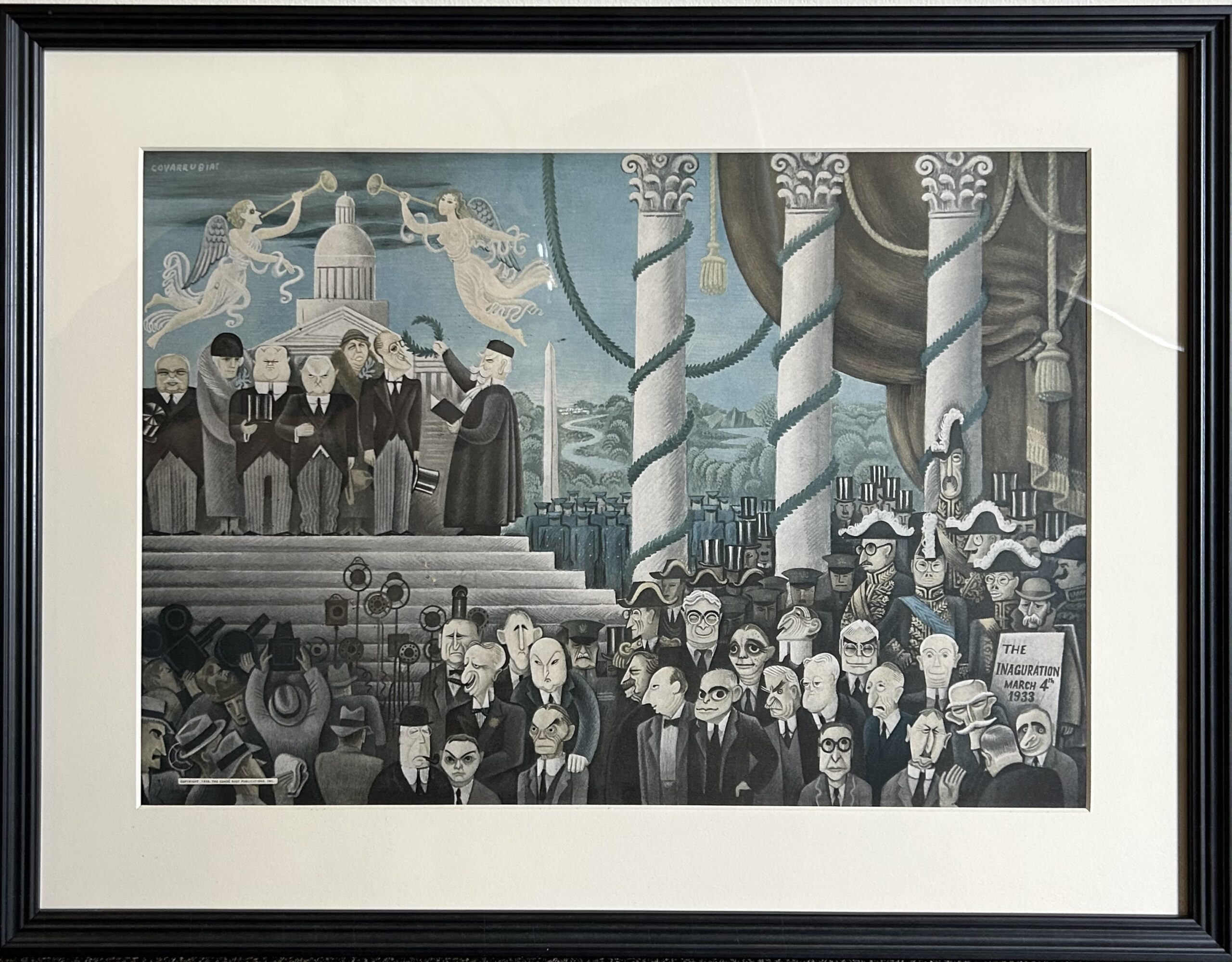Today, we are sharing the story of Gib Crockett, a political cartoonist who worked for the Washington Star (a daily newspaper in DC from 1852-1981). Crockett was a dear friend of my Great Aunt and Uncle, and many of the gifts from Gib to them were passed down to me as well as some of my cousins. Gib was very generous and frequently created art for my aunt and uncle. You’ll note that he signed many of his pieces to my auntie, “Marian”. Sometimes he signed them from “Gib and Florence”, his wife.

Gib Crockett
A little bit about Gib:
Claude Gibson “Gib” Crockett was born in Kingsport, Tennessee in 1912. He became an apprentice to James T. Berryman at the Washington Star in 1933 to focus on improving his self-taught drawing skills. Gib eventually worked his way up to creating cartoons for the editorial page (where national and international political cartoons are featured) with Berryman in the 1940s. Editorial Cartoons were one of the most noted mediums to reflect on world events at the time.
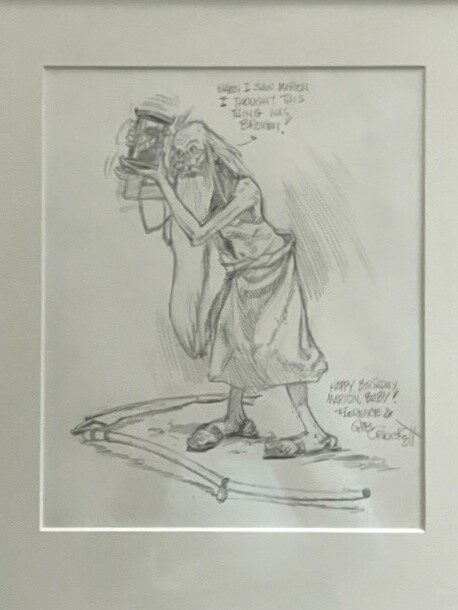
Crockett had a very prolific career at the Washington Star and was a cartoonist during many presidential administrations and political events. He covered the topics of WWII, the Cold War, the assassination of JFK, and the Vietnam War to name a few. Before retiring in 1975, he received awards from the Freedoms Foundation as well as the National Headliners Award in 1957 for his work.
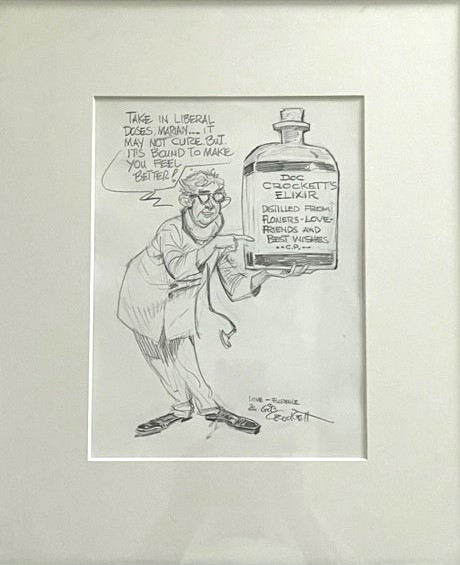
In addition to his cartoons for the Washington Star, Gib was the illustrator for Army-Navy football game programs for 40 years (1944-1984). You can find a compilation of these works here. The covers are all iconic and great pieces of Americana art.
The Washington Star
The Washington Star (also known as the Evening Star) stopped publication in 1981, but it was DC’s newspaper of record for much of its 128 years of circulation. The Star’s popularity peaked in the 1950s, but they could not deal with the changing times. TV news and suburbanization contributed to the paper’s decline in popularity. They also could no longer compete with the growing Washington Post which quickly became the leading newspaper in the area by the 1960s.
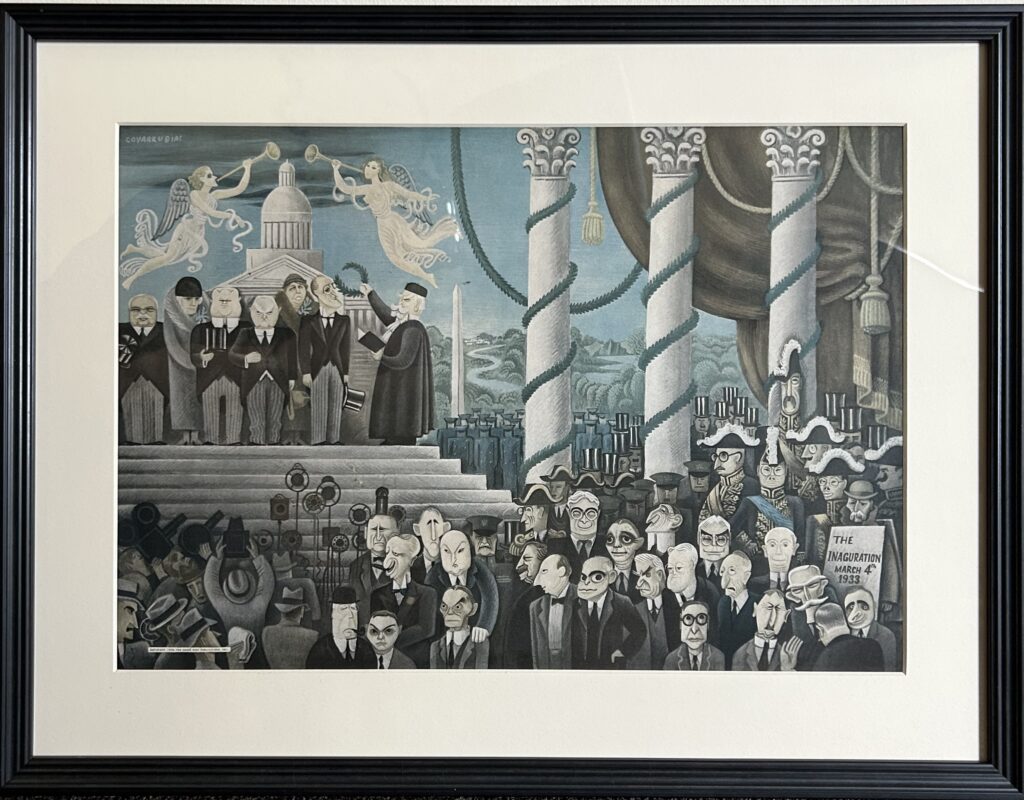
History of Editorial Cartoons
The first editorial cartoon published in an American Newspaper (1754) was the famous “Join or Die” illustration by Benjamin Franklin. Even before that, satirical illustrations were passed around by hand in Europe as a way to comment on politics and other important issues. By the end of the 19th century, they were an essential part of the growth in popularity of newspapers and magazines. Cartoons sold papers!
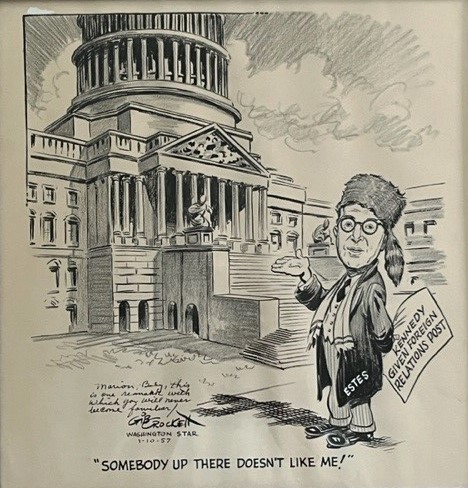
From the very beginning, these cartoons were used by the illustrators (and newspapers) to bring attention to and express their opinions on social and political issues. Editorial Cartoons are still used this way and also to help inform the public on important issues.
It is a gift to have little pieces of history like these to use as art in the home.
Stay Inspired,
Margery
